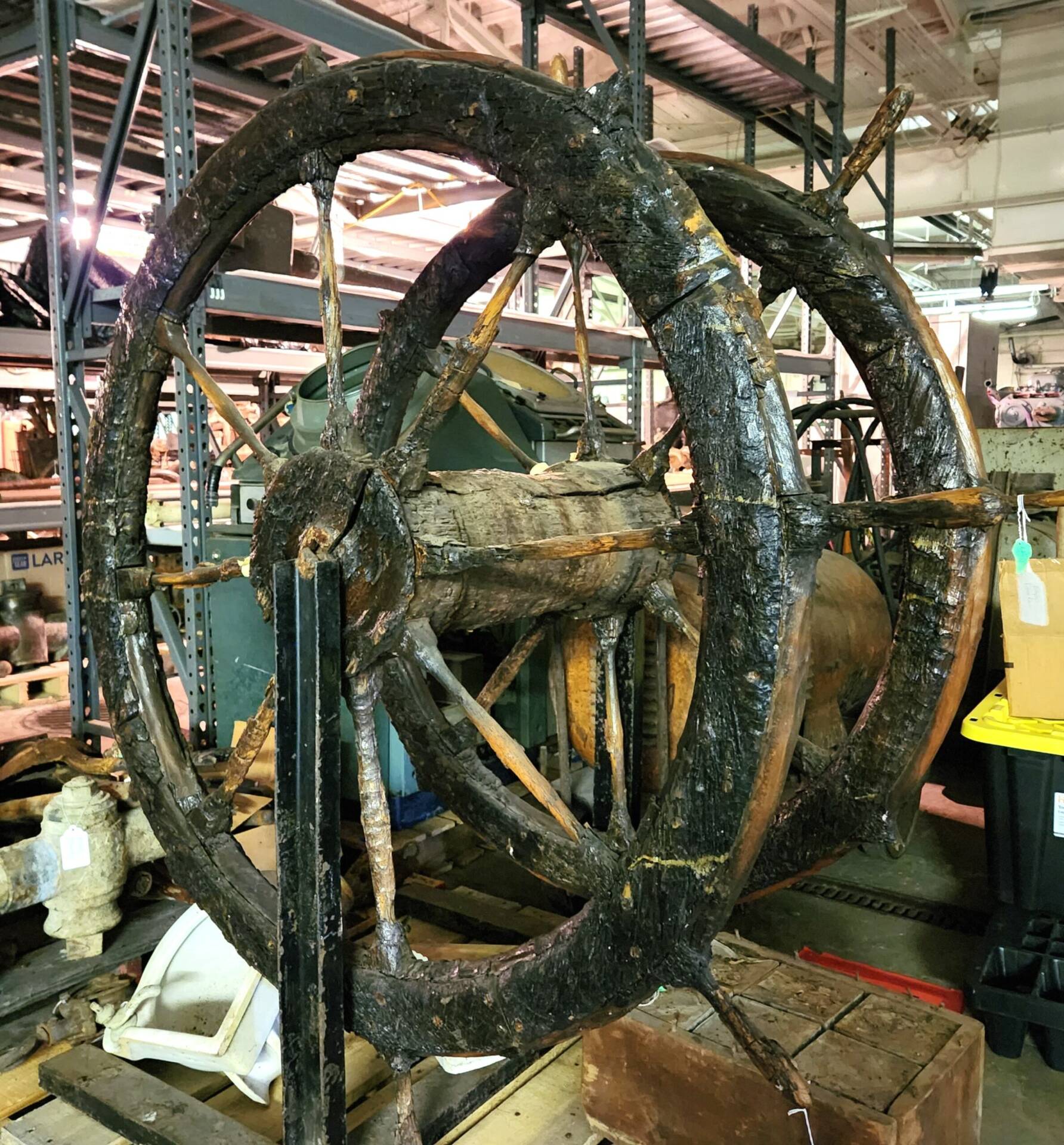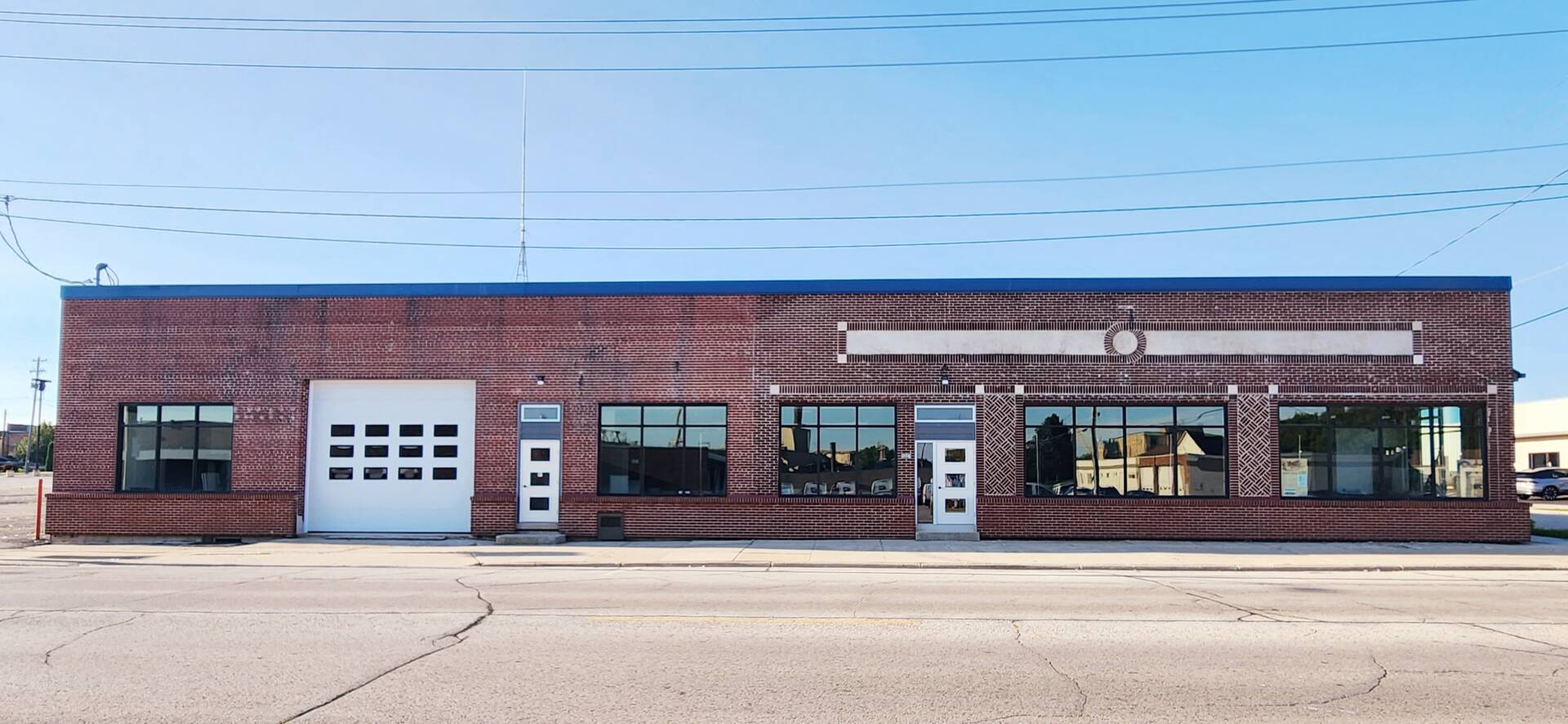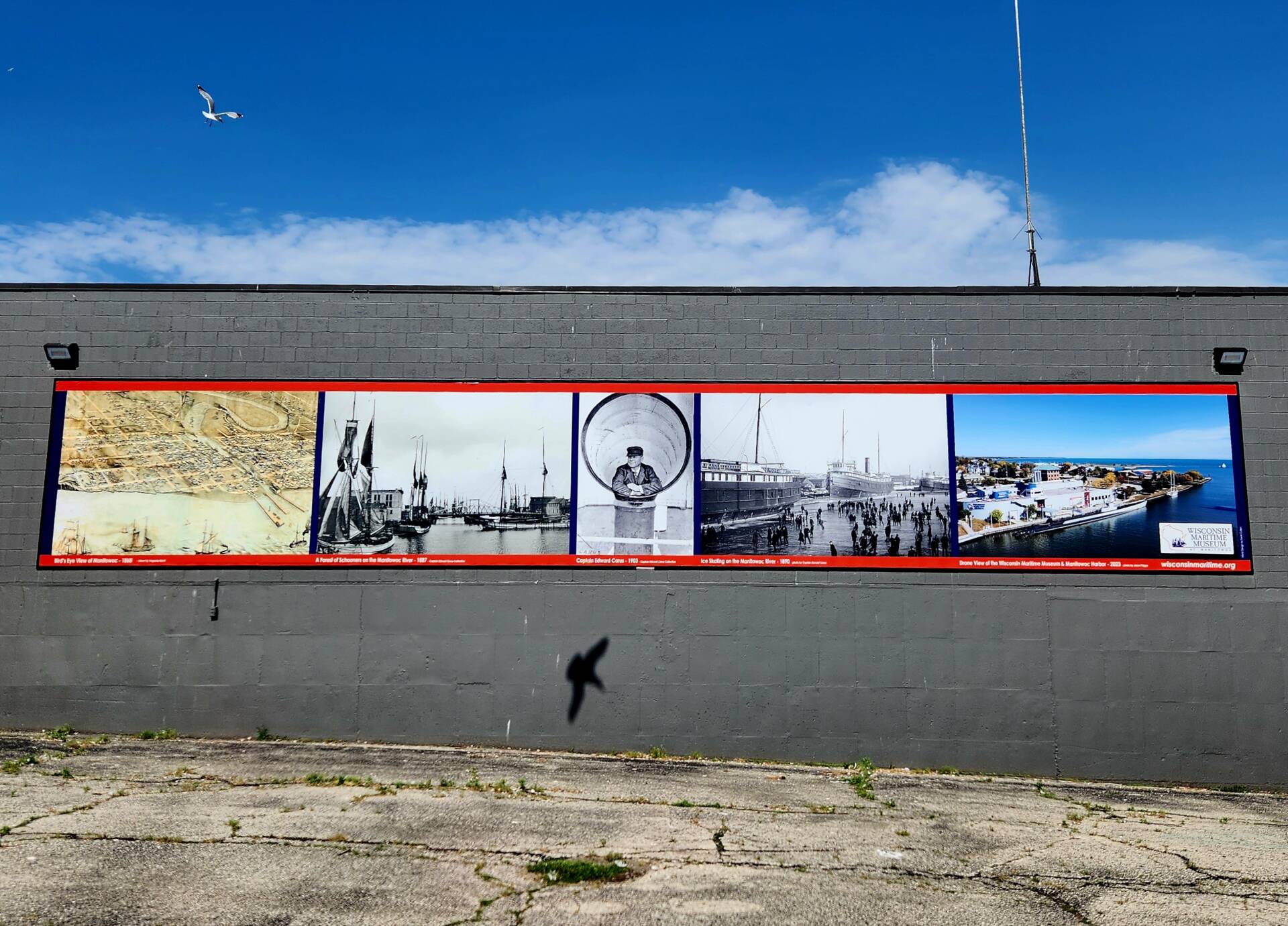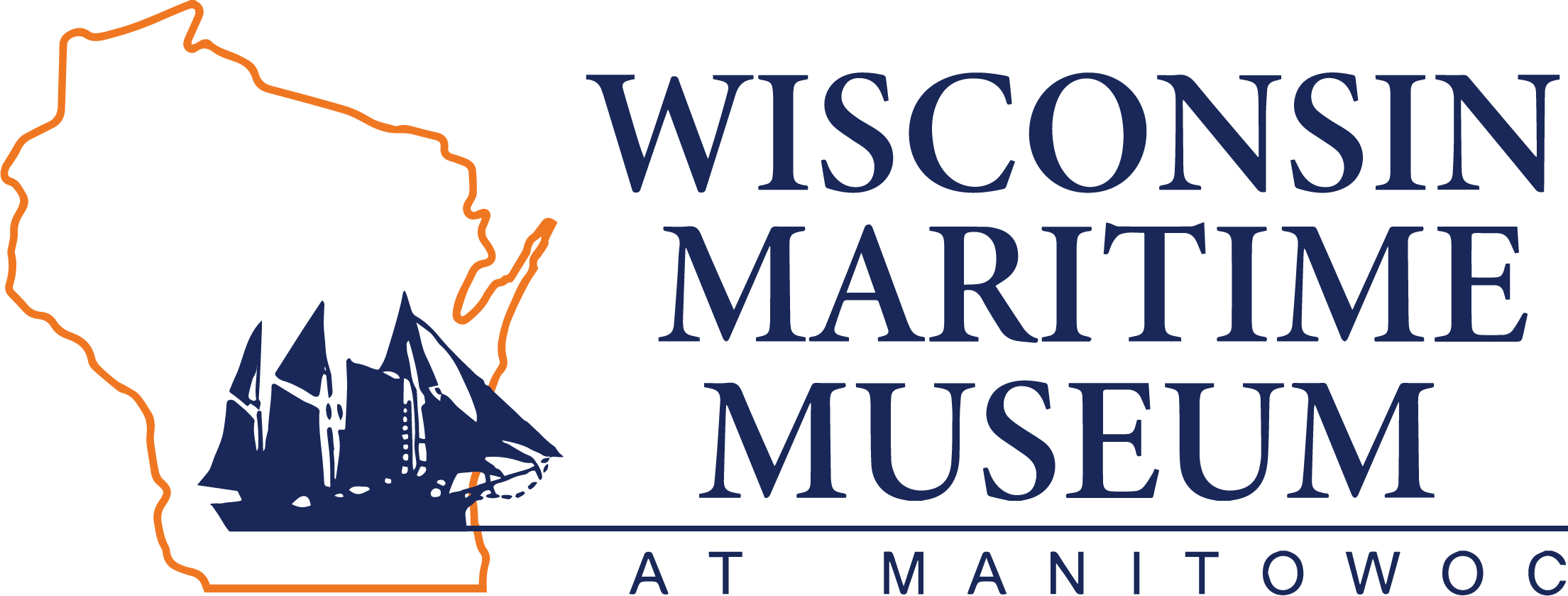Wisconsin Maritime Heritage Center

Construction is now underway that will secure the integrity of the building and prepare for the transformative work ahead to make the Wisconsin Maritime Heritage Center a reality. Key to this effort is a generous grant from the Ruth St. John and John Dunham West Foundation, a facade restoration grant from the City of Manitowoc, as well as financial support museum donors.
Stay tuned for more updates as we move into the next phase of this project, which will include engaging spaces both inside and outside the building. In 2024, you will see the beginning of the Maritime Heritage Plaza and Gardens, which will transform a significant portion of the old dealership lot into a public park highlighting maritime artifacts, archaeological investigations, and demonstration of green infrastructure projects that preserve not only history, but our Great Lakes natural resources.
Project Overview
In 2007, the Wisconsin Maritime Museum (WMM) acquired a 90,000 sq.ft. property four blocks from the museum on Franklin Street in Manitowoc, Wisconsin. With this acquisition, the museum consolidated its collections storage into one facility and increased our capacity for further growth.

The Wisconsin Maritime Museum cares for a collection of nearly 20,000 objects and a substantial archive pertaining to the maritime history of Wisconsin, Manitowoc shipbuilding, and USS Cobia. This includes more than 60 boats, approximately 300 regionally-built outboard motors, and over 250 ship models. Shipbuilding tools, marine navigational equipment, naval uniforms, and maritime archaeological artifacts also make up significant and growing portions of the collections. When objects are accepted into the museum’s collection, we agree to take care of them in perpetuity. This is an ongoing commitment, and a responsibility we take very seriously.
Additionally, the museum cares for more than 10,000 Great Lakes shipwreck artifacts, curated on behalf of the State of Wisconsin, in its role as the preferred repository for recovered Wisconsin shipwreck artifacts. (Note, federal legislation in 1987 codified that it is expressly illegal to remove items from historic shipwrecks).


The WMM collection is one of the largest maritime collections on the Great Lakes and reflects the museum’s mission of connecting all people with Wisconsin’s waterways, by engaging and educating the public about the Great Lakes, Wisconsin’s maritime history, Wisconsin’s WWII submarines, and USS Cobia. As the museum has grown over the past half-century, caring for our expanding collections has, likewise, become more challenging.
While the Franklin Street facility allows us to house over 12,000 objects, items are now vulnerable to damage and deterioration. Much of the building lacks adequate climate control and the conditions within have deteriorated significantly over time. Through the years this facility has become overcrowded, making a more efficient storage system necessary.



Efforts to improve the Franklin St facility have been underway since 2017 when a multiphase project began to address current concerns and plan for the future. Our vision for the site is the Wisconsin Maritime Heritage Center, a multi-disciplinary research and education center that will not only safely and efficiently house our collections, but engage visitors, encourage research, and enhance our community.
Preliminary work was largely grant funded by two programs with the Institute of Museum and Library Services (IMLS). In 2017, a Collections Assessment for Preservation (CAP) grant identified areas of greatest need for the WWM collections. The Franklin St. facility was specifically called out for improvements in the areas of climate control and an efficient storage plan. That assessment informed an IMLS Museums for America: Collections Stewardship Program grant in 2018, to plan for the recommended improvements. With a plan laid out, the museum has continued to prepare and fundraise for implementing the vision now underway: The Wisconsin Maritime Heritage Center.
